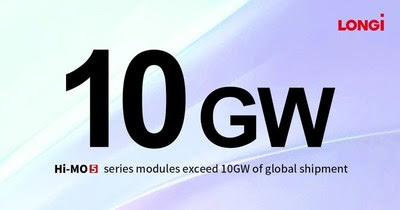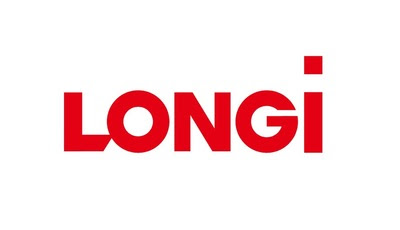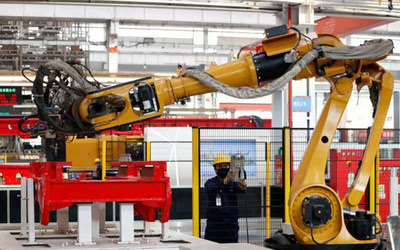MADRID — The European Commission lowered its forecast for Spanish growth this year as the country’s recovery from the COVID-19 pandemic lagged behind other European nations.
The commission said Thursday it estimates that the rise of Spanish gross domestic product will be 4.6% this year and 5.5% next year, almost two points less than earlier forecasts of 6.5% this year and 7% in 2022.
Spain was the European economy hit hardest by COVID-19, and its recovery has been slower than those of its continental neighbors.
At the end of the third quarter, Italy’s GDP was 1.4% below its level at the end of 2019.
Germany has narrowed the gap to 1.1% compared with pre-pandemic levels, and France has reduced the difference to just 0.1%.
However, in Spain — the eurozone’s fourth-largest economy — GDP is 6.6% below 2019 levels.
Unemployment remains stubbornly high at 14.9%, while youth joblessness, for those under age 24, is the worst in Europe at 30.6%.
Inflation has soared to 5.5% compared to October 2020, the highest figure since 1992 when the peseta was paired with the German deutschmark. Soaring energy costs, as well as the rising cost of summer holidays, pushed up inflation, analysts said. Core inflation stood at 1.4%.
The nation’s budget deficit is expected to hit 8.4% by the end of the year, way above the European Union target of 3%, which has been relaxed until 2022.
Spain’s coalition government is staking its hopes on the arrival of EU recovery funds to revive the economy.
Under the 2022 budget, Spain plans to spend a record $46 billion of state funds on investments that analysts say will boost growth and lower the deficit to a projected 5% in 2022 and 4% in 2023.
Nadia Calviño, Spain’s economy minister, told a meeting of European finance ministers Tuesday the nation was on course to cut its deficit.
“We have adopted a prudent attitude when preparing the budgets for 2021 and also for 2022 so that, in fact, tax revenues allow us, even in a not-so-positive macroeconomic situation, to reduce the public deficit in 2022,” she said.
Macroeconomics aside, on the streets, some are still waiting for the recovery from the pandemic.
Oscar Díaz, managing director of Mundopalet, a company that makes pallets to transport goods, is a worried man. He told VOA on Thursday he had to stop half of his production lines at his company’s factory in Toledo, 55 miles south of Madrid.
The company, which employs 100 people, is struggling to find enough wood to make its products, as countries such as Brazil, China and Lithuania have raised prices from $1,382 per truckload earlier this year to $10,362.
Major economies such as the United States, China and Germany have also raised their demand for timber as their economies start to recover from the pandemic, further pushing up the prices.
“Yes, I am concerned. Some of our clients’ companies have stopped working. We have halted work on 10 of our 20 production lines. We are in danger,” Díaz told VOA from his factory.
Mundopalet is by far not alone, as Spanish companies grapple with supply chain problems, typical of other sectors, from winemakers to farmers.
To make things worse, Spain’s truck drivers plan to strike for three days the week before Christmas, the National Road Transportation Committee in Spain said Wednesday.
In the run-up to one of the busiest periods of the year, the drivers are threatening to disrupt supply chains if the Spanish government does not meet its demands, which include safer rest areas and a ban on requiring truckers to load and unload goods.
However, analysts say the health of Spain’s labor market shows the effects of the pandemic are fading.
The number of employed workers rose in the third quarter of 2021 by 359,300 workers, according to the National Statistics Institute, bringing the total to over 20 million, the first time this figure has been reached since 2008, when the global financial crisis began.
During the same summer period, the ranks of the jobless decreased by 3.59%, according to data from the institute.
Javier Díaz, an economist at IESE business school in Madrid, said Spain has suffered more from the pandemic than other European countries because of its reliance on tourism and the automotive sector, which is struggling because of a global chip shortage and lower consumer demand.
“What is important to look at is not the unemployment level but the employment. That shows the economy is not in such a bad way,” he told VOA.
Spanish inflation has gone up because of the global rise in fuel and energy prices, and a lack of demand in key sectors such as tourism and the car industry, which are still recovering from the shock of COVID-19, he said.
“Spain is not really struggling. Growth of between 6% and 4% this year is actually better than it was before the pandemic,” Díaz said.
Source: Voice of America








